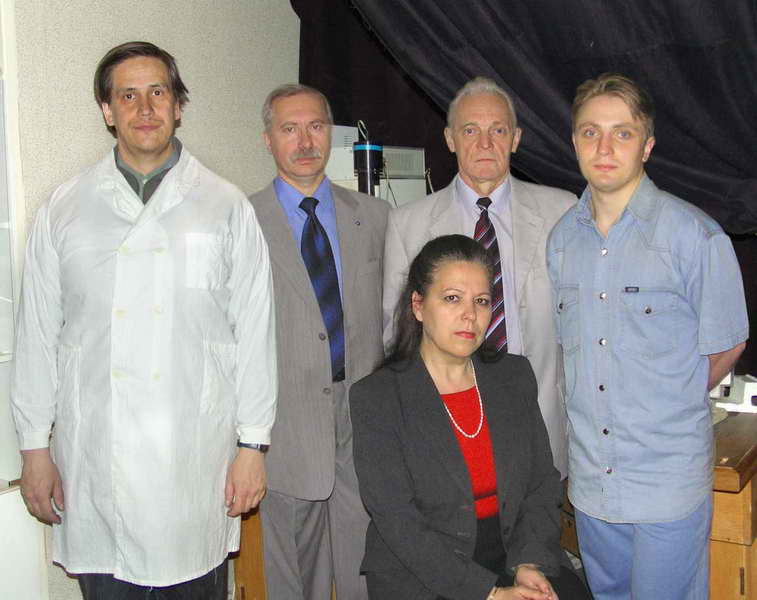The Laboratory was founded in 1995 under the guidance of the Corresponding Member of the Russian Academy of Medical Sciences, Prof. V. O. Samoilov. The goal of its foundation was revival and continuation of traditions of the Laboratory of biophysics headed by Academician G. M. Frank and existing at I. P. Pavlov Institute of Physiology in 1943–1950. It was liquidated after the combined session of the USSR Academies of Sciences and of Medical Sciences (the so-called « Pavlovian session » ). 
Academician G. M. Frank has formulated the concept of the living cell biophysics. The present Laboratory of cell physiology and biophysics is working in frames of this concept.
The direction of works of this Laboratory is a study of cellular-molecular mechanisms of transduction in chemosensory (taste and olfactory) systems; biophysical mechanisms of the main pathological processes (inflammation, tissue malignant growth); fundamental problems of electromagnetobiology.
The main achievements of the Laboratory are as follows.
– A theory is formulated of heterogeneity of the chemosensory transduction, and its main statements are proven by analysis of the taste, carotid, and olfactory reception;
– The role of the cyclic nucleotide system in reception of alkaloids is demonstrated; interrelations and interactions of the cAMP and cGMP systems are revealed in primary chemoreception mechanisms and in performance of effector influences on receptor cells;
– Participation of carbonic anhydrase in reception of an acidic stimulus is established.
– Heterogeneous mechanisms of reception of odors of various qualities are revealed. Participation of the intracellular cAMP system in reception of rancid and fruit odors and participation of the phosphoinositide in reception of flower odors;
– Peculiarities of motor activity of olfactory cilia are revealed under effect of various odorants, which are accompanied by a rearrangement of the cytoskeleton actin component;
– Based on experimental study of fluorescence of pyridine nucleotides and flavoproteins in gastric epithelium, a method of differential diagnosis of gastritis and cancer in the course of fiberogastroscopy is developed and applied in the clinics;
– Disturbances are revealed in intermolecular transport in the mitochondrial respiratory chain and in calcium exchange in cardiomyocytes under effect of an extremely-high-frequency irradiation on animals;
– The leading role of the magnet component of the low frequency electromagnetic field in biological effects is established;
– An effect is revealed of the low-frequency magnet field of low intensity on mitochondrial respiration. |